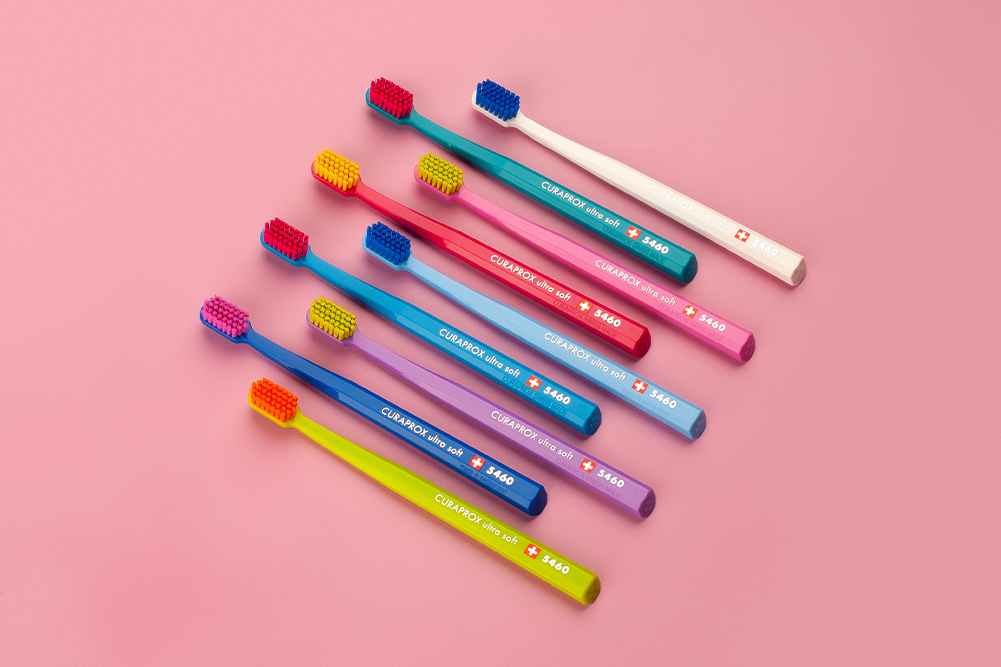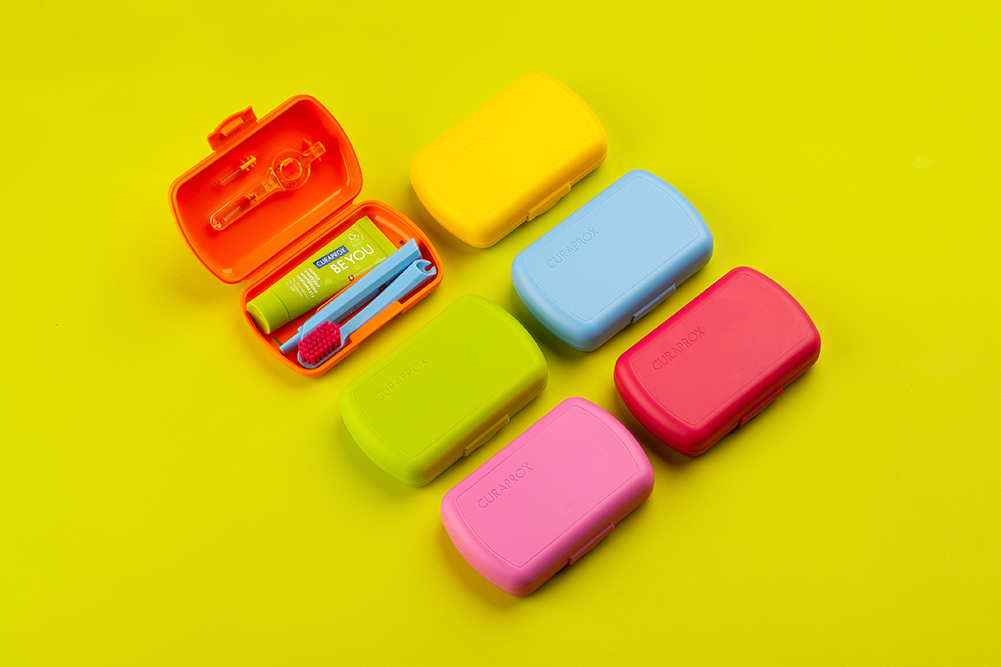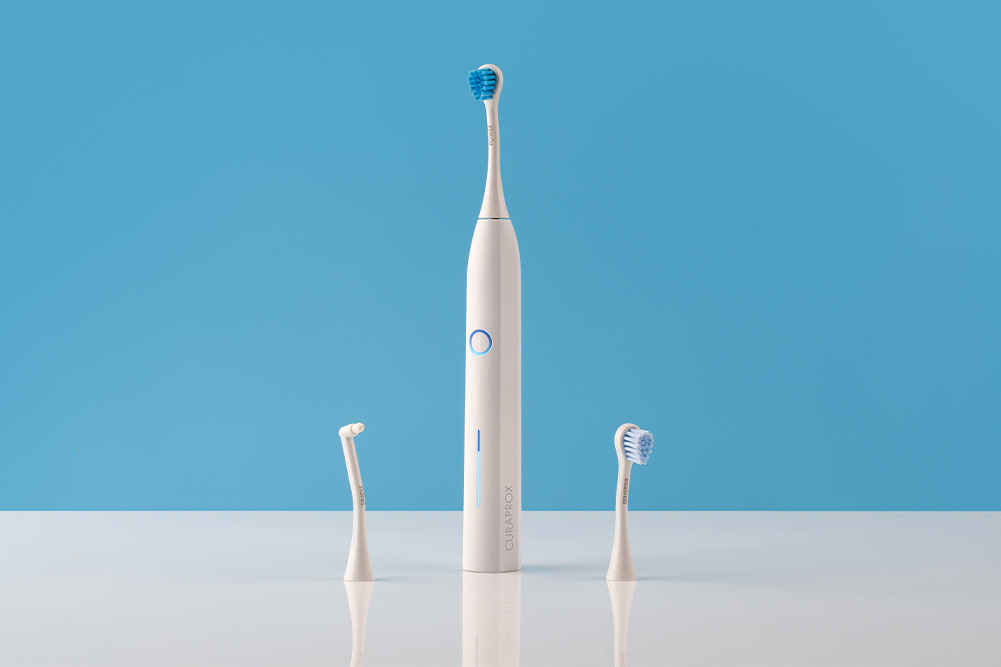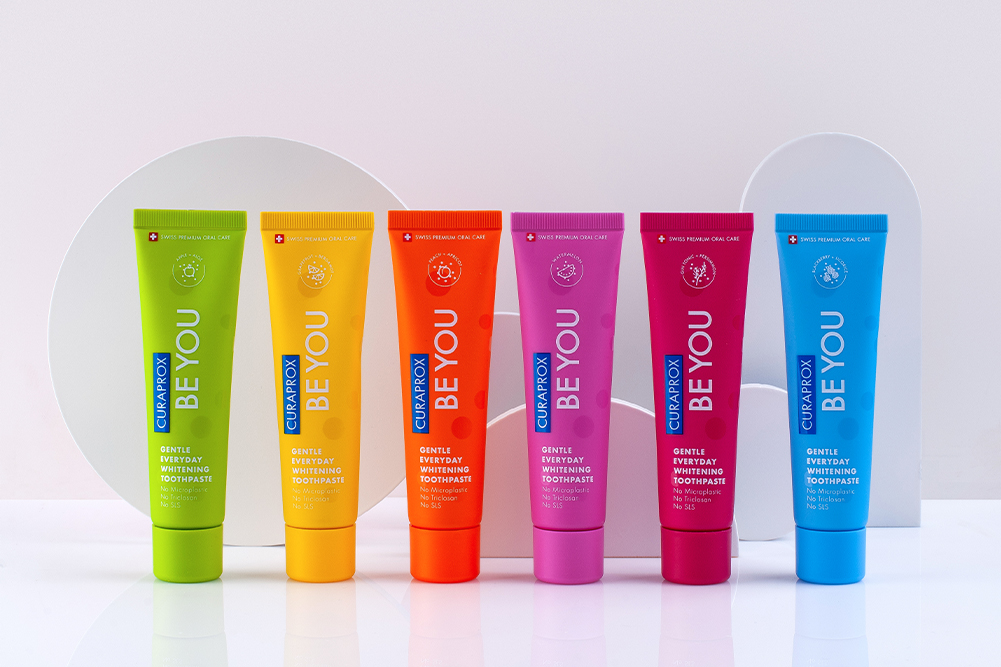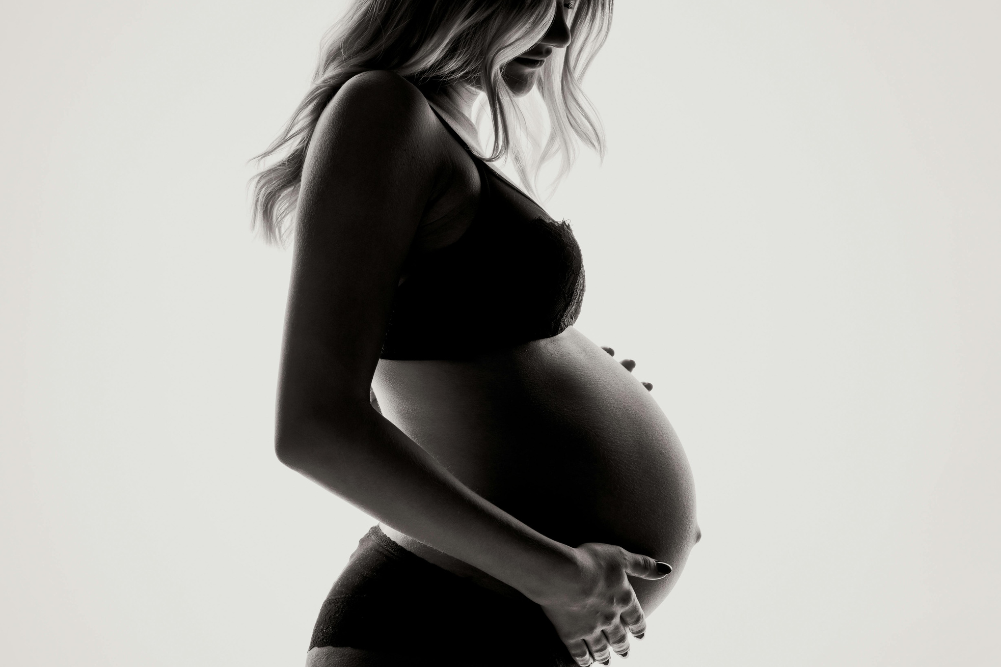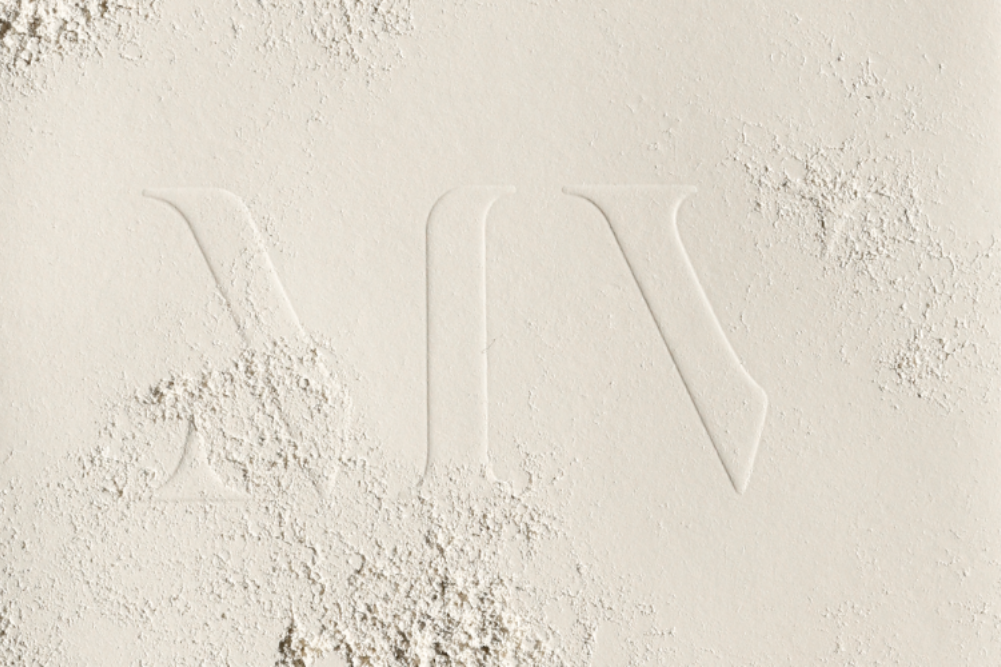Your guide to best haircare practices for all hair types
One of the key tenets for achieving lovely, healthy hair is to work with what you’ve got. Whether its curly or straight, the right haircut, a few simple techniques and a healthy diet will help keep it looking lustrous, as well as minimising damage from both heat and chemicals, and time and money spent (and energy from the power grid — hair dryers suck up around 1500 watts of energy per hour!).
“For someone with wavy blonde hair to have her hair coloured brown and straightened requires substantial maintenance, not only because of the constant redoing of roots and re-straightening, but because the damage to the hair will be so great,” says hair stylist Wayne Lewis of Atlantis Hair in Sydney’s Paddington. But, he says, “This doesn’t mean you can’t experiment with different looks, as you can alter the haircut and maybe go a few shades lighter or darker than your natural colour.”
Finding the right routine for your hair may take a little time and you need to seek out the right hairdresser who can sculpt a shape to suit your face, not carbon copy the latest celebrity cut, which may not suit you. “Regular trims will ensure that your hair ends are in good shape and that you don’t have hairs splitting to the roots,” says Wayne. He recommends a haircut to maintain a style every 4–6 weeks, but if you have straight hair and are growing it, every 8–12 weeks. Wayne adds that eating well and using good hair products will also keep your hair looking lovely and lustrous.
Wayne’s 5 tips for curly hair
1. Brush it less. Brushing makes the hair go frizzy. Instead, comb some conditioner through it in the shower. Afro combs are ideal. Turban drying the hair is a technique that many women with curly hair use as it wicks away the moisture from the hair without aggravating the curl. Once the water is removed, put on an emollient conditioner and scrunch the curl back into the hair. Don’t use a hair dryer as it will just encourage more dryness, frizz and flyaways.
2. To put relaxed-looking curls into your hair, when wet, twist big sections of hair around a finger and put into four or five curls over the head. When dry, shake it out for a softer curl, put your fingers through it and break up the hair.
3. Put a few drops of chamomile oil into your conditioner to help calm the frizziness.
4. Cut layers into curly hair to avoid a block “triangular” look.
5. Curly hair has a different biological structure from straight hair. It tends to be much drier because natural oils secreted into the hair shaft by the sebaceous glands can travel more easily down the shaft of straight hair. So shampoo less and put lots of conditioning treatments into the ends.
Wayne’s 5 tips for straight hair
1. Brush, brush, brush! Brushing your hair with a natural bristle brush morning and night (300 strokes are recommended) coats the hair from the root to the ends with natural oils. It’s the cheapest and best treatment for straight hair.
2. Only go a few shades lighter or darker, as regrowth is far more obvious in straight hair.
3. If you want your hair to appear fuller, have layers cut in to it; the less layered, the flatter it will sit.
4. Using constant heat to blowdry your hair can be damaging. If your hair is a little wavy and you want it very straight, wrap your hair around itself in a very tight bun when wet. This stretches the hair, and takes out the curl. Once dry, release the knot.
5. Wring and pat damp hair with a terry towelling cloth to speed up your locks’ natural drying time.
What causes straight and curly hair? What determines the shape of the hair strand comes down to the shape of the follicle and the direction in which each strand grows out of its follicle. Kinky hair, for example, grows at a sharp angle to the scalp. Hormones can make the shape of the follicle change, which is why women’s hair can be different after childbirth and they can experience hair loss as hormones literally close up the hair follicle.
Caring for your hair
The first step towards lustrous hair is to banish harsh shampoos. Like the skin, hair is naturally acidic and regular washing with alkaline shampoos will upset the acid balance and damage your tresses. Avoid shampoos with harsh surfactants and opt for gentle, natural shampoos that will help to keep the pH of your hair balanced.
Silicones popularly used in commercial shampoos make the hair feel silky-smooth short-term, but over time they build up on the hair surface, which suffocates it. The result is dry, lacklustre hair.
The outer layer of the hair strand is covered in overlapping keratin scales, called the cuticle. A good protein treatment will help fill in the scales and keep the hair cuticle closed and smooth. Wheat amino acids and panthenoic acid help to keep the hair smooth and resilient. Egg white is rich in protein and makes a great rejuvenating hair mask when mixed with some natural conditioner, leaving the hair shiny and lustrous. Beat a whole egg into your conditioner and massage into damp hair. Wrap the hair in plastic (or a shower cap) and cover with a damp towel. Leave for 20 minutes. Shampoo and condition as normal.
Hair clean-up
To eliminate the buildup of silicones and other chemicals attached to the hair cuticle, rinse your hair with 2 tablespoons of bicarbonate soda in one 1 cup of warm water.
Coconut oil hair treatment
Most vegetable and nut oils make fortifying and moisturising hair treatments, but coconut oil is especially effective for adding shine without the serious grease factor. Use it as a pre-shampoo treatment by massaging it into the scalp and hair and covering with a plastic shower cap or clingwrap and a warm, damp towel. Leave for 30 minutes to allow the oil to penetrate the hair shaft. Shampoo and condition as normal. Coconut oil is anti-bacterial and therefore helpful for dandruff.
Taming flyaways
Resist over-washing your hair and allow the hair’s natural oils to moisturise your locks to help prevent flyaways. Applying any sort of emollient to the hair, whether it is a natural conditioner, moisturiser, a few drops of jojoba oil or a touch of balm rubbed between the palms and patted over the hair, will help tame frizz.
Temporary hair colours
Colouring your hair with natural ingredients will not yield results as dramatic as those produced by synthetic dyes. The advantage is that you are not exposing yourself to harmful chemicals and the condition of your hair will be greatly improved. Each person’s hair will react differently, so do a strand test before application. If you don’t like the colour, it should rinse out within a week or so.
Alternatively if you don’t want to make the mess and are looking for something more permanent, there are now beautiful vegetable-based hair colours on the market. For example, Atlantis Hair Salon in Paddington produces a seaweed-based, ammonia-free hair lightener. Their water colours for darkening hair are also free of chemicals such as PPD (para-phenylenediamine) and coal tar. They are 95 per cent water and 5 per cent pigment.
Natural colour rinses
For red highlights in brown hair, try alkanet root, cranberry juice, red hibiscus petals, rosehip tea or beetroot water.
Blondes wanting to go strawberry can use the cooled pink water from boiled beetroots as a spritzer while sitting in the sun.
For lightening blonde hair, use calendula and chamomile teas, ginger root or safflower flowers. Again spritz over the hair and sit in the sun.
For darkening brown hair and adding shine, use black tea, coffee or infusions of parsley, rosemary, sage leaves and walnut husks.
Method for each: Make strong teas or infusions, massage into the hair, cover with a shower cap and leave in for 20 minutes.
Henna can be a good option, but once you put henna on your hair, you can’t get it out. This is because of the high level of metallic dye salt. “It’s hard to colour over it or change it with other types of hair colour,” says Wayne. Black henna also contains PPD, a coal-tar derivative that is toxic.
The grey factor
New research shows that going grey is caused by a big buildup of hydrogen peroxide, a bleaching substance that is naturally produced in hair cells. When we are young, we can break it down with the enzyme, catalase, which exists in every cell. However, as we age, the hair cells produce smaller amounts of this enzyme, and other helpful enzymes that help repair damage created by hydrogen peroxide also decline.
This combination makes it hard for the body to produce enough tyrosinase, which assists in the transfer of melanin (pigment) to the hair shaft. What speeds up this process is unknown, but genetics probably play a part. Some people can be born without one of these key enzymes, making them go grey early. Stress and diet probably play a role, too, as they can speed up the ageing process or delay it.
Grey hair can look distinguished and very attractive if it’s healthy and frames radiant, healthy skin. Grey hair tends to be coarse, so can benefit from regular conditioning and oil treatments, says Kerry Bolton, hair stylist at Atlantis Hair in Sydney. And when it comes to colouring, she advises: “Darker colours go over grey well, but you will get quick regrowth — every 4–6 weeks it will need a touch-up.”
Otherwise, she says you can reduce maintenance by going for the salt-and-pepper look with a few dark streaks through it. “If you have dark hair and grey is starting to come through, put a few lighter streaks in your hair. These will blend with the greys and make them less noticeable. If you are blonde, you can colour the greys, but blonde on grey will give a more translucent look than a true blonde colour.”
Dandruff
Dandruff may be caused by a number of factors, including inadequate diet, too much acidic food, sugar, spicy foods, coffee, alcohol, smoking, insufficient hair brushing, stress, shampoo buildup, aggressive hair products and bad scalp circulation.
One of the best treatments and quick fixes for dandruff is apple cider vinegar. It soothes the scalp and helps rebalance its pH. Put ¼ cup into a cup of warm water. After shampooing the hair, massage it into the scalp, rinse and follow with conditioner.
A fungus that lives naturally on the scalp has also been implicated in dandruff and certain conditions such as an oily scalp may exacerbate it. Anti-fungal ingredients such as tea-tree oil can be added to your shampoo to help keep to keep it at bay. Nutritional deficiencies such as a lack of essential fatty acids or vitamin B may also contribute to dandruff.
More severe flaking and an inflamed scalp can be a sign of seborrhoeic eczema.
Avoid medicated shampoos. They may relieve dandruff for a day or so, but it often comes back worse than before.
Food for your hair
The hair, nails and skin are the last areas to receive nutrients, which go first to more important organs. If your body is well nourished, your hair will be your shining glory; if not, it will be one of the first areas to show up poor nutrition. The hair is said to be one of the best barometers of inner health (though with the amount of colouring and product slathering, it may be hard to tell).
Your hair grows around one-quarter to half an inch every month and the foundation of all new hair (besides genetics) comes down to the integrity of the food you eat. If you eat a balanced, nutrient-rich diet, you’ll grow strong, healthy cells throughout your body, including your hair.
“It’s doubtful that eating well is going to give you thick tresses if your hair is very fine,” says Alison, “but it will improve their quality and how they grow.” Alison recommends “a balanced diet of lean proteins, fruits and vegetables, sea vegetables, whole grains, legumes and fatty fish such as salmon” to help keep hair healthy.
Hair is made up mainly of protein, a chain of amino acids that form the same building blocks in the skin and nails. All require a healthy diet to thrive. Although hair is not alive once it grows through the hair follicle, the integrity of the hair shaft is dependent on the health of the dermal papilla that feed it at the roots. The hair bulb at the root of the hair receives nutrients from the dermal papilla and generates new hair cells.
Lack of protein in your diet can cause your hair to become dry and brittle, causing abnormal thinning, and can slow down the growth process. Good sources of protein include meat, liver, fish, eggs, beans, dairy, yoghurt, soy, nuts, wheatgerm and brewers yeast. Other important hair and scalp nutrients include vitamins A, C, E and B group, bioflavonoids, minerals such as folic acid, zinc, iron, selenium, sulphur, magnesium and silica, a good probiotic and essential fatty acids.
Many of the same rules apply to the hair as to the skin. Biotin deficiency, for example, can result in flaking of the scalp, as it can for the skin. If you are lacking in iron, your skin will look lacklustre and so will your hair — and it can even fall out.
Ageing affects the delivery of nutrients to the hair follicle. As we age, the total number of capillaries supplying the hair follicles is reduced, which means fewer nutrients arrive in that area to feed the growth of new hair. If there are less of these working, it’s very important that the still-working capillaries carry nutrient-rich blood.
There is growing body of research showing that caffeine is beneficial to hair growth. According to a study published by the International Journal of Dermatology, caffeine blocks out the hormone DHT, which is responsible for male pattern baldness and damage to hair follicles. A study conducted over eight days showed that caffeine consumption had boosted hair growth 33 to 40 per cent.
Hair enemies
As with the skin and hair, an acidic diet rich in processed foods and sugars, and a lack of exercise, will result in poor blood vessel health and insufficient nutrients and oxygen being carried to the area for hair growth. If the body is carrying a lot of toxins, scalp and hair growth can also be affected.
The hair grows in cycles: the growth phase, the resting phase and the shedding phase. Factors such as diet, stress and hormones can cause the hair to trigger a shift from one phase to another. As these shifts in growth cycles occur, the hair can be seen to be expelled prematurely and can result in thinning hair. Usually, a return to a healthy, well-balanced diet and good hormonal balance or stress relief will result in the hair returning to its normal state as the new hair grows.
Hair loss
Hair loss is more common than you think. More than 60 per cent of men and 40 per cent of women will experience a hair loss condition at some point. If you notice it, seek advice as soon as you can because it may prevented from getting worse once the contributing factors are determined. For example medication, contraceptive pills, pregnancy, illness, nutritional factors, stress, thyroid disease and local skin disease can all affect hair loss. Mechanical damage from hair styling treatments can also contribute.
Male pattern baldness (MPB), also known as androgenetic alopecia, is caused by dihydrotestosterone (DHT), converted in the body from testosterone. It’s a substance that can shrink the hair follicle until it no longer produces visible hair. Genetics is a key factor in this kind of hair loss.
When you notice hair thinning, there are a few things you can do to thwart it. For example, alphalipoic acid helps to reduce the conversion of testosterone to DHT. Detoxifying the liver can affect the way you break down testosterone. Certain herbs, such as saw palmetto, block DHT; other herbs that regulate testosterone include nettle, sarsaparilla and a traditional Chinese formulation of paeonia and licorice.
Female hair loss is essentially the same as MPB, but doctors believe that more than 30 hormones could be associated with the problems for a female as opposed to the one associated with hair loss in men, making treatment for women very personalised.
The food we eat, levels of toxicity in our bodies and how stressed we are can significantly affect hormones (and the thyroid gland), so it makes sense that, by balancing these areas, hair loss may be allayed and hair health improved.
Hair replenishing oil
This may help stimulate hair growth, and will keep the scalp in good condition:
2½ tbsp jojoba oil
10 drops Atlas cedarwood essential oil
5 drops rosemary essential oil
Pour ingredients into a bottle and mix well. Massage into damp, clean hair and leave in for at least 30 minutes or overnight. Rinse thoroughly with warm water and shampoo and condition as normal.
Stimulating ginger oil treatment
Grate a knob of ginger into 2 cups of ricebran oil, heat and let simmer for 5 minutes — but do not boil. Strain out the ginger and use the warm oil as a massage and conditioning treatment for your scalp and hair.
Indian head massage
Champissage, or Indian head massage, is based on the ancient healing system of Ayurveda. It comprises an invigorating, revitalising, firm and gentle rhythmic massage involving the manipulation of marma points (acupressure points) to help clear blocked energy and release tension. It relaxes the muscles around the neck and shoulders and stimulates the scalp. It’s used to help heal problems of the scalp and hair.
De-stress your tresses
Stress not only interferes with digestion, sebum production and hormones, but it can also make your hair fall out. A tense neck and shoulders can inhibit the flow of blood and oxygen to the scalp. Here are some breathing techniques to relax the body and the scalp.
Breathing technique
Breath awareness and breath control help to reduce the negative effects of stress on our bodies and our minds. Relaxed breathing signals to the brain not to stress. Meditation, qi gong and yoga are all helpful as they focus on the breath. Following is an exercise put together by breathing expert and naturopath, Roselba Courtney:
Exercise 1: Stop the mind by paying attention to the breath. Becoming present by giving full attention to the breath is the first and most important breathing exercise we can use to control stress. Watching the breath come and go is the basis of many meditation techniques and should be the basis of all breathing exercises.
Exercise 2: Breath slowing or resonant frequency breathing is slowing the breath so it approaches 5–6 breaths per minute. This makes the body function very efficiently. It helps lower blood pressure, slows the heart rate and improves oxygen uptake.
Exercise 3: Prolonging exhalation by extending the exhalation dampens the fight-or-flight stress response. Make the out breath about twice as long as the in breath. Breathe in for four seconds and out for eight seconds.
Carla Oates is a natural Beauty expert and the author of Feeding Your Skin.
